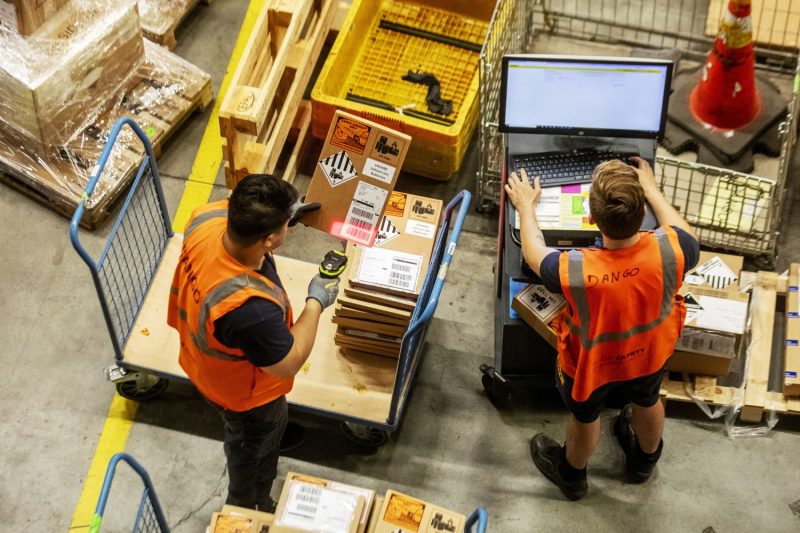
The Domino Effect: How One Failed Link Can Collapse the Global Trade Network
In the realm of global commerce, the intricate web of interconnected supply chains and economies is a delicate balance that can be easily disrupted by a single failure. The repercussions of such a failure can have far-reaching consequences, impacting industries, businesses, and individuals around the world.
One of the key factors that make the global commerce system so vulnerable to disruptions is the high level of interdependence among various players in the supply chain. A failure at one point in the chain can easily cascade down to affect multiple other parts, leading to a domino effect of disruptions. This interconnectedness means that a single point of failure can have ripple effects that are difficult to predict and control.
In today’s hyperconnected world, the impact of a single failure in global commerce can be amplified by technology and the speed at which information travels. A disruption in one part of the world can quickly spread to other regions through digital networks, financial systems, and transportation channels. This rapid spread of disruptions can magnify the economic and social consequences of a single failure, creating a widespread crisis that is difficult to contain.
Not only are the economic consequences of a single failure in global commerce significant, but there are also social and political implications that can arise. Disruptions in the supply chain can affect the availability of essential goods and services, leading to shortages and price spikes that impact individuals and communities. In extreme cases, a single failure in global commerce can even lead to social unrest and political instability, as people and governments struggle to cope with the consequences of the disruption.
The vulnerability of the global commerce system to single points of failure underscores the need for robust risk management strategies and contingency plans. Businesses and governments must be proactive in identifying potential vulnerabilities in the supply chain and implementing measures to mitigate the risks of disruptions. This includes diversifying suppliers, building in redundancy, and establishing clear communication channels to respond quickly to emergencies.
In conclusion, the fragility of the global commerce system is such that a single failure can have widespread and devastating consequences. In an interconnected world where supply chains span continents and industries are deeply interdependent, the effects of a disruption in one part of the system can easily spiral out of control. By understanding the vulnerabilities of the global commerce system and taking proactive steps to manage risks, businesses and governments can minimize the impact of potential failures and build a more resilient and sustainable global economy.
